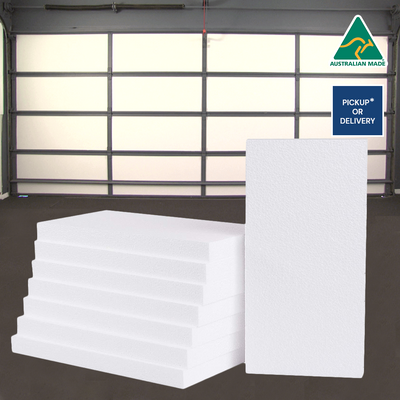Expanded Polystyrene (EPS), commonly known as Styrofoam, is a lightweight and versatile material that is used in a wide range of applications. It is widely used in packaging, construction, and the food service industry due to its insulation properties and affordability. However, the environmental impact of EPS has been a subject of concern for many years. This article will explore the various ways in which EPS affects the environment and discuss potential alternatives. To find the best expanded polystyrene you can also contact The Foam Company.

1. Production and Energy Consumption
The production of EPS involves the use of fossil fuels, such as petroleum and natural gas, which are non-renewable resources. The extraction and processing of these fuels contribute to air and water pollution, as well as greenhouse gas emissions. Furthermore, the manufacturing process itself requires a significant amount of energy, further contributing to carbon emissions and climate change.
2. Impact on Wildlife
The environmental impact of EPS extends beyond waste generation. Marine wildlife is particularly affected by EPS pollution. Marine animals, such as sea turtles and seabirds, often mistake small EPS pieces for food and ingest them, leading to choking, starvation, and death. EPS pollution also affects the entire marine ecosystem, disrupting the food chain and causing long-lasting damage to marine habitats.
3. Alternatives to EPS
Given the environmental concerns associated with EPS, it is crucial to explore alternative materials that have a lower environmental impact. Some potential alternatives include:
4. Consumer Awareness and Education
Addressing the environmental impact of EPS requires a collective effort from both manufacturers and consumers. Increased consumer awareness and education campaigns can help promote the use of alternative materials and encourage responsible waste management practices. Governments and regulatory bodies should also play a role in implementing policies that promote the use of sustainable materials and encourage recycling.
Conclusion
The environmental impact of Expanded Polystyrene is significant and multifaceted. From production and energy consumption to waste generation and disposal, EPS poses numerous challenges to the environment and wildlife. However, by exploring alternative materials, promoting recycling, and raising consumer awareness, we can work towards reducing the environmental impact of EPS and creating a more sustainable future.